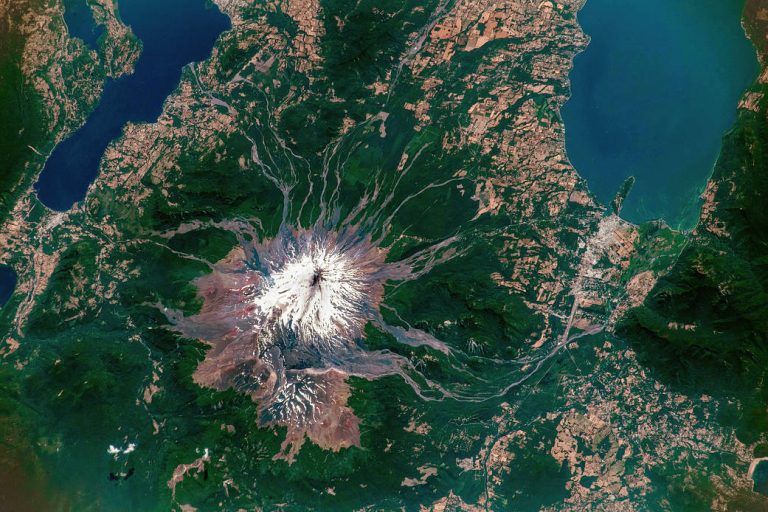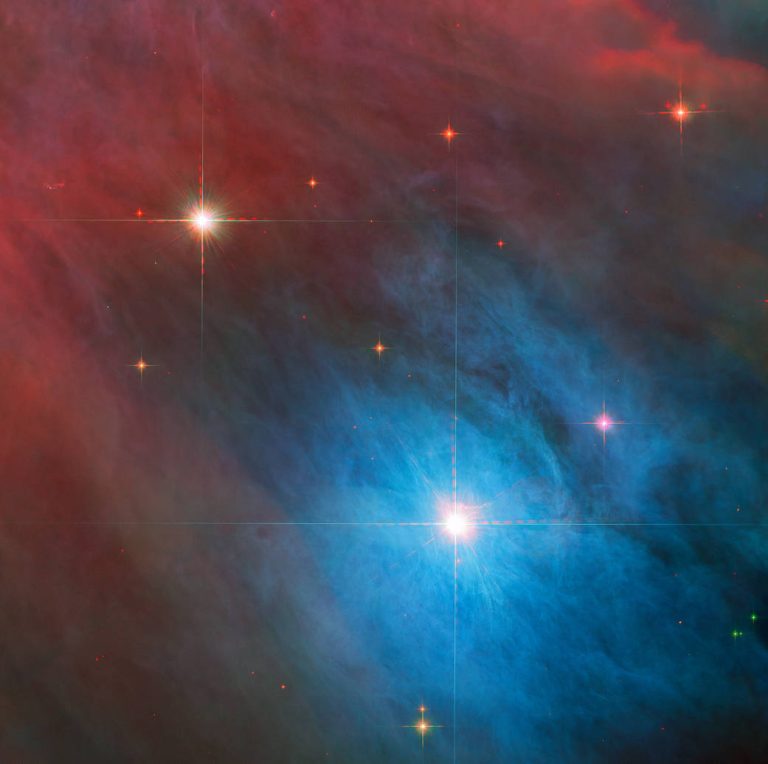国际空间站访问南帕德雷岛
While the International Space Station orbited over the Gulf of Mexico on Sept. 19, 2022, NASA astronaut Bob Hines captured this image of South Padre Island, a barrier island along the coast of Texas. The island is part of the greater Padre Island, the longest barrier island in the world, which spans a length of 113 miles (182 kilometers). Barrier islands along the Gulf and East coasts of North America play a critical role protecting the mainland from the damaging effects of storms. They bear the brunt of large storm surges and reduce flooding on the mainland. Image Credit: NASA/Bob Hines 当国际空间站于2022年9月19日在墨西哥湾上空飞行时,NASA宇航员鲍勃·海恩斯拍摄了这张南帕德雷岛的照片,这是德克萨斯州海岸的一个屏障岛。该岛是世界上最长的堰洲岛——帕德雷岛的一部分,全长113英里(182公里)。 沿墨西哥湾和北美东海岸的堰洲岛在保护大陆免受风暴的破坏性影响方面发挥着关键作用。它们承受着大型风暴潮的冲击,减少了大陆的洪水。 影像来源:NASA/Bob Hines










